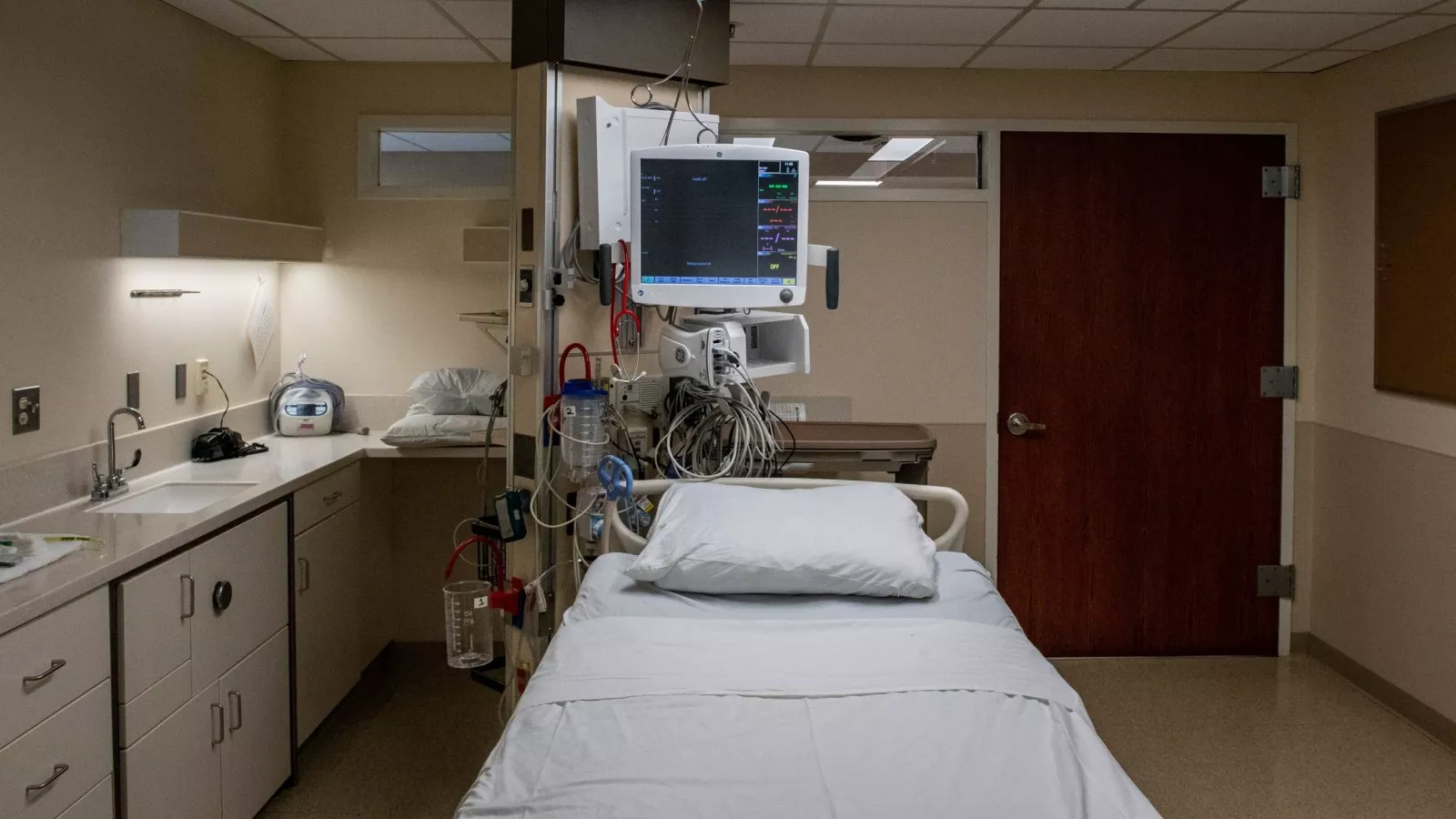Wallet Warning: Americans Brace for Steep Healthcare Cost Surge in 2025

Health Insurance Premiums Set to Climb: What Consumers Need to Know
Brace yourself for potential increases in healthcare costs. According to recent insights from investors.com, private health insurance plans are projected to see an average premium hike of 7 percent in the upcoming year. This anticipated rise could have significant implications for millions of Americans who rely on private health coverage.
The projected increase highlights the ongoing challenges in the healthcare marketplace, where rising medical costs and evolving healthcare technologies continue to impact insurance pricing. Consumers should prepare for potential budget adjustments and carefully review their current health insurance plans to understand how these changes might affect their financial planning.
While a 7 percent increase may seem substantial, experts recommend proactively exploring options such as comparing different plans, investigating potential subsidies, and considering high-deductible plans that might offer lower monthly premiums. Staying informed and strategic can help mitigate the financial impact of these anticipated premium increases.
